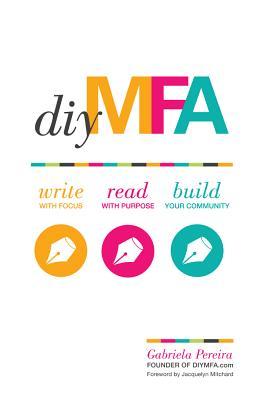What do you think?
Rate this book


304 pages, Paperback
First published July 8, 2016
Don’t blindly follow someone else’s best practice. You need to test different approaches and only adopt the ones that give you the results you want. Remember, another writer’s best practice might be your personal nightmare. The only best practice is the one that works for you.